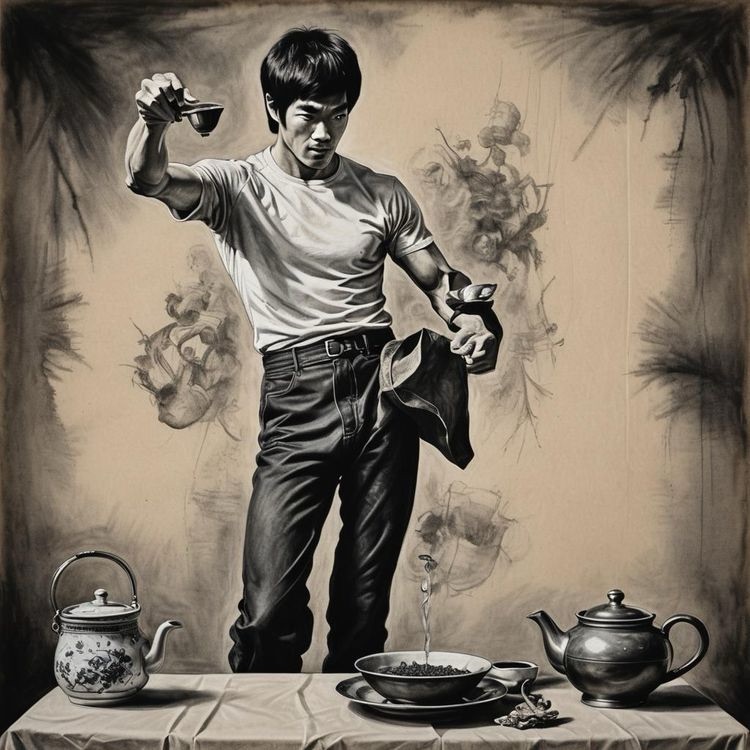In a town on a hill, or maybe down low,
Lived a troublesome couple, who’d whisper of woe.
With mouths always moving, they’d twist and they’d spin,
Speaking of sacrifice, of sorrow, of sin.
“Give up your joys!” they’d holler and shout,
“For eternity’s coming, there’s no time to doubt!”
“Salvation,” they said, “isn’t found in your fun,
But in giving it up, until all’s said and done!”
They painted a picture of futures so grim,
Where laughter was lost on a dark, distant whim.
They told of the days where the light wouldn’t last,
Where the joy of the present would soon be the past.
But little they knew, with their stories of gloom,
That the future they feared was no more than a plume.
For we live in the now, in the bright, shining here,
And tomorrow, dear friends, is never quite near.
The people soon learned, with a chuckle and grin,
That life’s not for mourning, it’s meant to begin!
No need for the fear of some far-off fate,
For eternity’s here, and it’s never too late.
So the couple, still shouting of sacrifice deep,
Found themselves in a world where joy doesn’t sleep.
For the present’s eternal, the now always stays,
And tomorrow, my friend, is just one of life’s plays!
